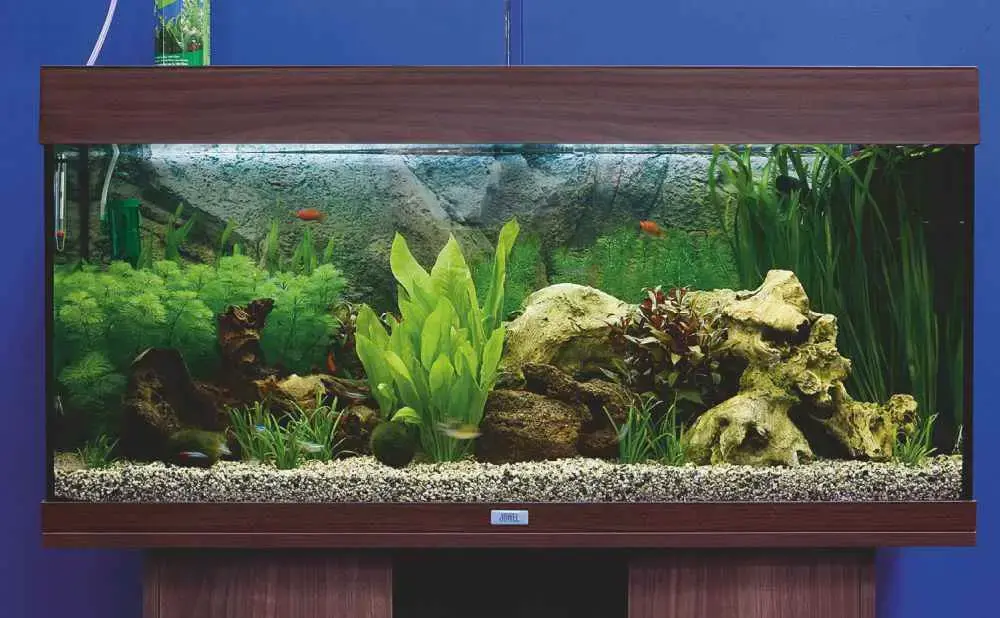
Setting up a tropical fish tank can be one of the most rewarding parts of the fishkeeping hobby. Whether you're a beginner or upgrading to a larger aquarium, getting your tropical tank setup right from the start is key to keeping your fish healthy and happy.
In this guide, we’ll walk you through everything you need to know about setting up a tropical aquarium—from choosing the right tank to water cycling, equipment setup, and stocking with fish. Let’s dive in!
What is a Tropical Fish Tank?
A tropical tank is an aquarium designed to maintain a warm and stable environment suitable for tropical freshwater fish. These species typically come from warmer climates like South America, Africa, and Southeast Asia and thrive in water temperatures between 24–28°C (75–82°F).
Step 1: Choose the Right Tank Size
When starting out, bigger is often better. A larger tank offers more stable water parameters and gives your fish more room to swim.
Recommended beginner size: 20–30 gallons (75–115 liters)
Consider the space in your home, the weight of the tank (especially when full), and future plans for fish types.
Pro Tip: Avoid fishbowls or tanks under 10 gallons—they’re too small to maintain stable conditions.
Step 2: Select the Right Location
Place your tank somewhere:
- Away from direct sunlight (to avoid algae)
- Close to power outlets
- On a sturdy, level surface
- Not too close to windows or radiators (to maintain temperature)
Step 3: Essential Equipment for a Tropical Tank
Here’s a checklist of the equipment you'll need:
1. Heater
Keeps the water temperature stable (around 26°C or 78°F)
Use a thermometer to monitor it
2. Filter
Keeps the water clean by removing waste and toxins
Choose a filter suitable for your tank size (hang-on-back, sponge, or canister)
3. Lighting
Necessary for fish visibility and plant growth
LED aquarium lights are energy-efficient and long-lasting
4. Substrate
Gravel or sand forms the tank bed
Choose according to whether you’re adding live plants or bottom-dwelling fish
5. Water Conditioner
Dechlorinates tap water and makes it safe for fish
6. Aquarium Test Kit
Measures ammonia, nitrite, nitrate, and pH levels
Helps you monitor water quality during and after cycling
Step 4: Set Up Your Tank
Now that you have your gear, it’s time to put everything together.
A. Add the Substrate
Rinse it thoroughly to remove dust
Add 1–2 inches to the bottom of the tank
B. Install Equipment
Place the filter and heater but don’t plug them in yet
Add any ornaments, driftwood, or decorations
C. Fill the Tank with Water
Use a plate or a plastic bag on the substrate to prevent disruption
Fill the tank with dechlorinated water
D. Start the Heater and Filter
Plug in your equipment and let it run
Adjust the heater to reach around 26°C (78°F)
Step 5: Cycle the Aquarium (Before Adding Fish)
This is crucial. You need to build up beneficial bacteria to break down fish waste. This process is known as the Nitrogen Cycle and typically takes 4–6 weeks.
Two Methods:
Fishless Cycling (recommended)
Add a source of ammonia (pure ammonia or fish food)
Test the water regularly
Once ammonia and nitrites are at 0, and nitrates are present, the tank is cycled
Cycling with Fish (more stressful for fish and not ideal for beginners)
Step 6: Choose Your Tropical Fish
After your tank is cycled, you can start adding fish. Begin slowly and in small groups.
Great beginner tropical fish include:
- Guppies
- Neon Tetras
- Platies
- Corydoras catfish
- Zebra Danios
Always research compatibility, tank size, and water parameters before adding new fish.
Step 7: Maintain Your Tropical Tank
Proper maintenance ensures a clean, healthy environment:
Weekly tasks:
Test water parameters
Change 20–30% of the water
Clean filter sponges (in tank water, not tap water)
Monthly tasks:
Trim plants if needed
Deep clean gravel (with a siphon)
Optional: Live Plants for Your Tropical Tank
Adding live aquatic plants improves water quality and adds beauty.
Beginner-friendly plants:
Java Fern
Anubias
Amazon Sword
Java Moss
Ensure you provide proper lighting and nutrients if you’re keeping live plants.
Final Thoughts
A well-planned tropical aquarium setup is a joy to build and maintain. By following these steps, you'll create a thriving underwater ecosystem that not only looks stunning but also keeps your tropical fish healthy and stress-free.
Remember: patience is key. Take your time with cycling, stocking, and maintenance, and your tropical tank will reward you for years to come.
